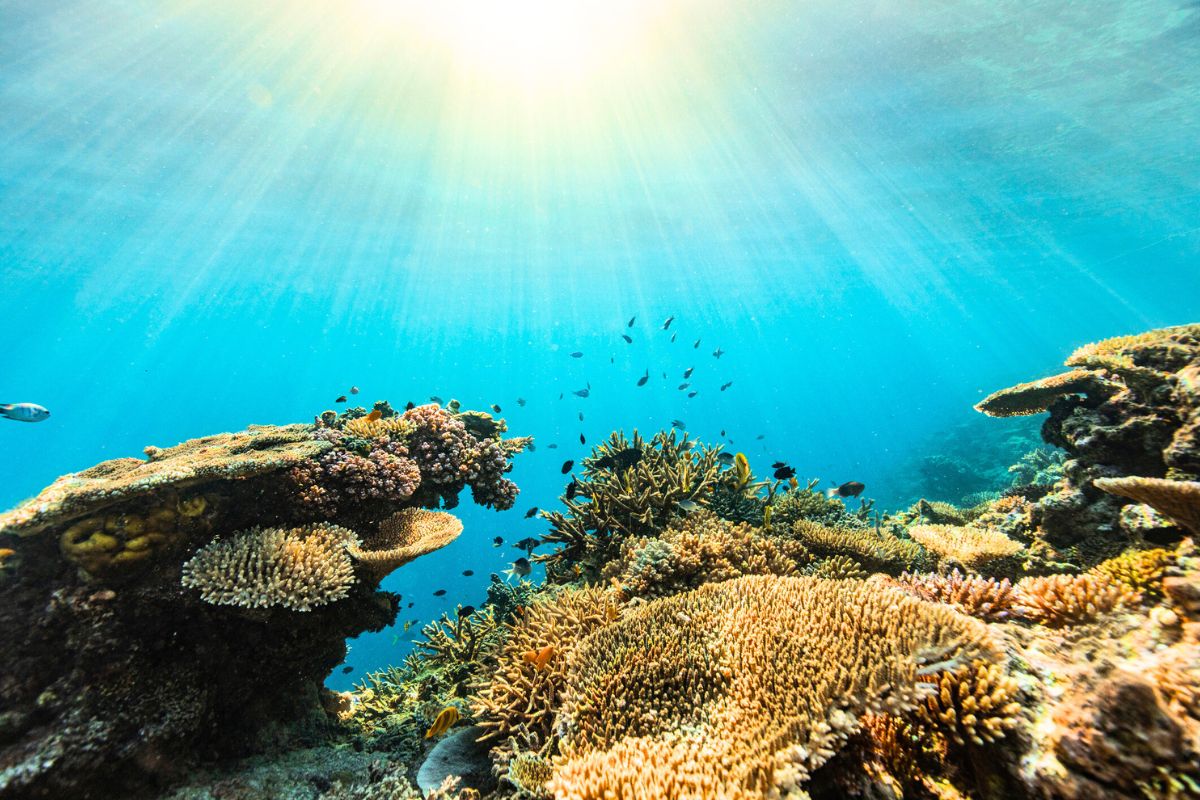
In a world where most animals live for just a handful of decades—and humans top out around 100—one deep-sea creature makes all those lifespans look fleeting. Meet Monorhaphis chuni, a type of glass sponge that holds the title for being one of the oldest living animals on Earth. And yes, some of them may have been around when woolly mammoths still roamed.
A deep-sea survivor hiding in plain sight
Discovered in the early 20th century off the coasts of the Pacific and Antarctica, Monorhaphis chuni lives in total darkness thousands of meters below the ocean surface. It’s not much to look at—rooted in place like a sea-floor statue—but what it lacks in flair, it more than makes up for in extreme longevity.
This sponge doesn’t swim, sting, or chase its food. Instead, it survives by filtering microscopic particles from the water, relying on a super-slow metabolism to sustain itself. Its immobility and deep-sea lifestyle shield it from predators and environmental chaos, giving it a quiet corner of the world to grow—very, very slowly.
What’s the secret to its 11,000-year lifespan?
The conditions of the deep ocean are key. Monorhaphis chuni thrives in a place with near-freezing temperatures, crushing pressure, and zero sunlight. The stability of this environment is what allows the sponge to grow without interruption—and without much cellular damage. Its slow metabolic rate means minimal wear and tear, essentially pressing pause on aging.
Adding to its resilience is a unique internal skeleton made of a single, giant silica spicule. This structure, which grows just millimeters per year, not only anchors the sponge in place but also acts as a time capsule. Over thousands of years, it accumulates subtle changes that reflect the ocean’s history—like tree rings, but underwater.
How do scientists measure the age of these sponges?
To determine just how ancient these animals are, researchers study the sponge’s central spicule layer by layer. Each band marks a period of growth, and when analyzed chemically, they reveal an astonishing timeline. Some samples taken from deep-sea expeditions have been estimated to be over 11,000 years old, with a margin of error of about 3,000 years.
That means a few of these sponges were already thriving when early humans were painting on cave walls in what’s now France. They’ve witnessed ice ages, warming periods, and centuries of oceanic change—all without moving an inch.
The ocean’s oldest historian
While other long-living species like Icelandic clams or Greenland sharks have earned headlines for their centuries-long lifespans, none compare to Monorhaphis chuni. This sponge isn’t just old—it’s prehistorically old, making it a unique subject for marine biologists and climate scientists alike.
Each sponge is a silent archive of environmental data. Shifts in water temperature, salinity, and chemical composition are recorded in its spicule, offering a timeline of Earth’s climate that no other organism can match. That makes it not just a biological curiosity, but a valuable tool for understanding how our planet has changed—and how it might change again.
What it means for science (and for us)
Researchers believe studying Monorhaphis chuni could unlock new insights into human aging, longevity, and even disease resistance. Its ability to slow biological processes to a near-halt might inspire future innovations in medicine or space travel.
More urgently, though, it reminds us of what still lies hidden in our oceans. Deep-sea ecosystems remain largely unexplored, yet they house some of the most resilient and revealing organisms on the planet. Protecting these ecosystems isn’t just about conservation—it’s about preserving Earth’s oldest storytellers.
Loading...

